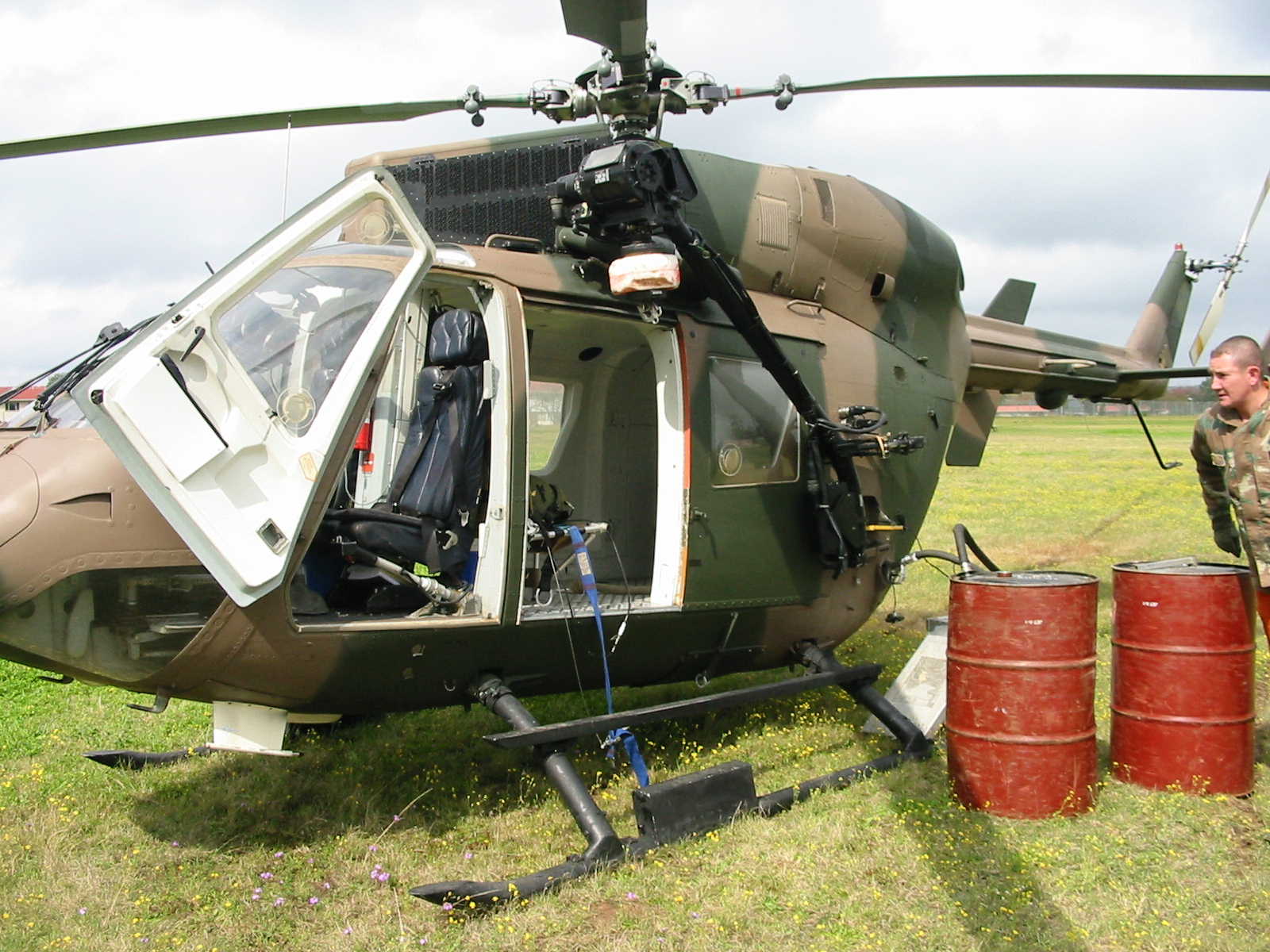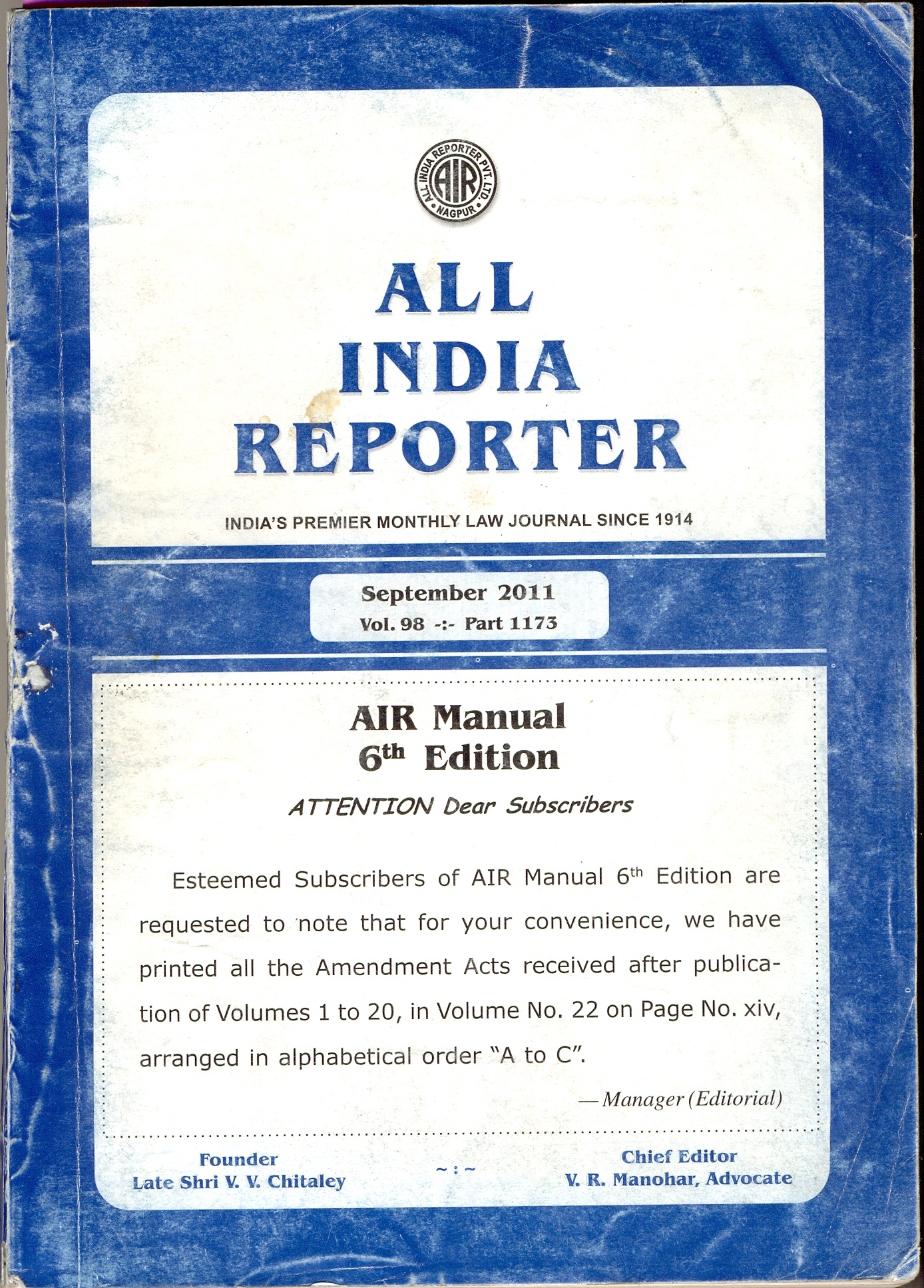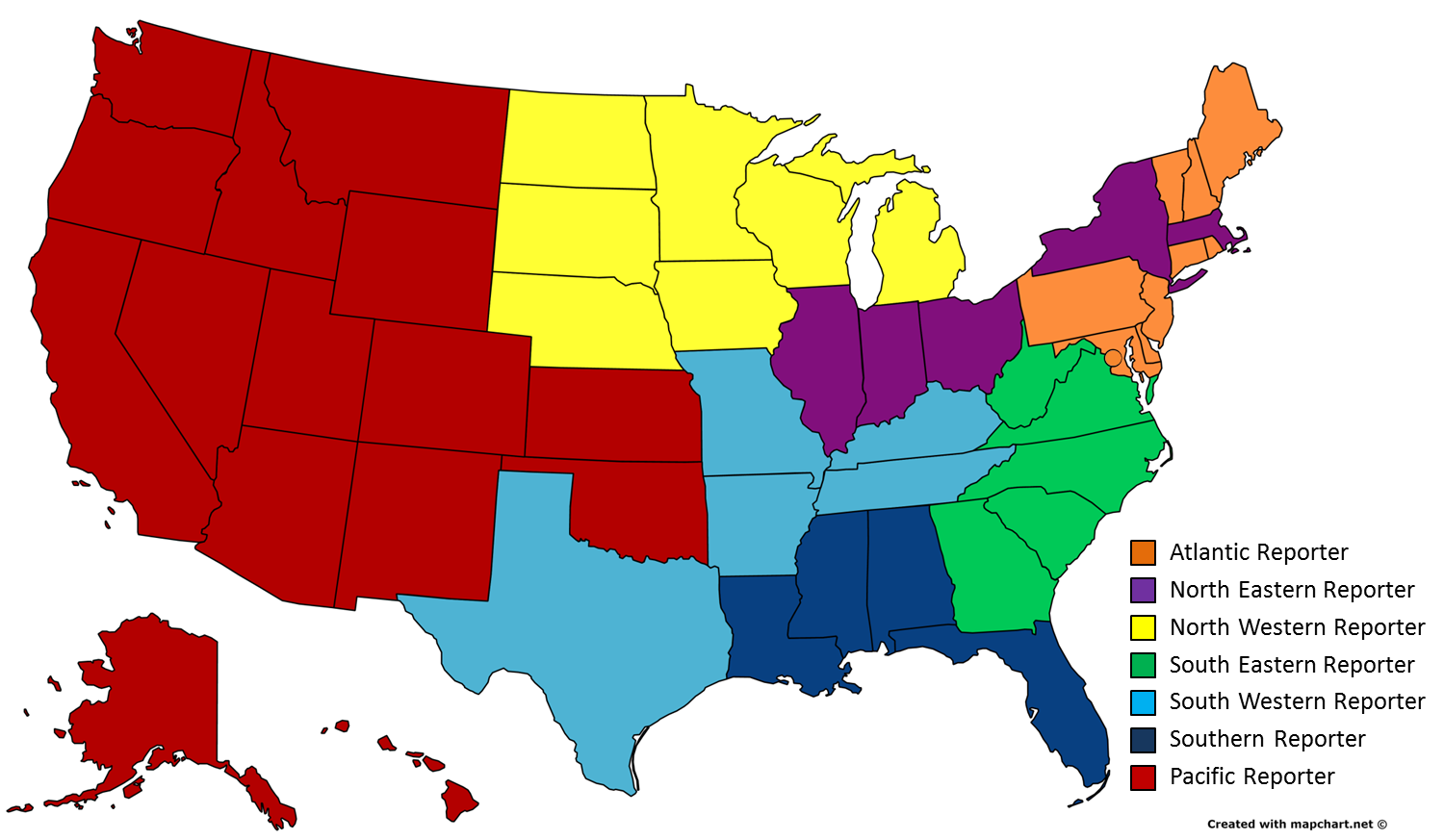|
SANDU V Minister Of Defence (2007)
In ''South African National Defence Union v Minister of Defence and Others'', an important case in South African labour law, the Constitutional Court gave judgment on a series of disputes connected to collective bargaining that had arisen between the South African National Defence Union (SANDU) and the South African National Defence Force (SANDF). Background Since the 1999 judgment of the Constitution Court in '' SANDU v Minister of Defence'', the legislative framework constructed for collective bargaining in South Africa had taken force. High Court The application originated in five separate matters initiated by SANDU against the Minister of Defence in the Pretoria High Court between 2001 and 2003, which resulted in three separate High Court judgments: # The first of these judgments (SANDU I), written by Judge Johann van der Westhuizen, held that the SANDF was not obliged to bargain collectively with SANDU, and that SANDF’s withdrawal from negotiations with SANDU was reaso ... [...More Info...] [...Related Items...] OR: [Wikipedia] [Google] [Baidu] |
Constitutional Court Of South Africa
The Constitutional Court of South Africa is a supreme court, supreme constitutional court established by the Constitution of South Africa, and is the apex court in the South African judicial system, with general jurisdiction. The Court was first established by the South African Interim Constitution, Interim Constitution of 1993, and its first session began in February 1995. It has continued in existence under the Constitution of South Africa, Constitution of 1996. The Court sits in the city of Johannesburg. After initially occupying commercial offices in Braamfontein, it now sits in a purpose-built complex on Constitution Hill, Johannesburg, Constitution Hill. The first court session in the new complex was held in February 2004. Originally the final appellate court for constitutional matters, since the enactment of the Seventeenth Amendment of the Constitution of South Africa, Seventeenth Amendment of the Constitution in 2013, the Constitutional Court has jurisdiction to hear ... [...More Info...] [...Related Items...] OR: [Wikipedia] [Google] [Baidu] |
South African National Defence Force
The South African National Defence Force (SANDF) comprises the Military, armed forces of South Africa. The commander of the SANDF is appointed by the President of South Africa from one of the Military branch, armed services. They are in turn accountable to the Minister of Defence and Military Veterans of the Department of Defence (South Africa), Defence Department. The military as it exists today was created in 1994, following South Africa's first nonracial election in April of that year and the adoption of a new constitution. It replaced the South African Defence Force and also integrated uMkhonto we Sizwe (MK), and the Azanian People's Liberation Army (APLA) guerilla forces. History Integration process In 1994, the SANDF took over the personnel and equipment from the South African Defence Force, SADF and integrated forces from the former Bantustan homelands forces, as well as personnel from the former guerrilla forces of some of the political parties involved in South Africa ... [...More Info...] [...Related Items...] OR: [Wikipedia] [Google] [Baidu] |
2007 In South African Case Law
7 (seven) is the natural number following 6 and preceding 8. It is the only prime number preceding a cube. As an early prime number in the series of positive integers, the number seven has greatly symbolic associations in religion, mythology, superstition and philosophy. The seven Classical planets resulted in seven being the number of days in a week. It is often considered lucky in Western culture and is often seen as highly symbolic. Unlike Western culture, in Vietnamese culture, the number seven is sometimes considered unlucky. It is the first natural number whose pronunciation contains more than one syllable. Evolution of the Arabic digit In the beginning, Indians wrote 7 more or less in one stroke as a curve that looks like an uppercase vertically inverted. The western Ghubar Arabs' main contribution was to make the longer line diagonal rather than straight, though they showed some tendencies to making the digit more rectilinear. The eastern Arabs developed ... [...More Info...] [...Related Items...] OR: [Wikipedia] [Google] [Baidu] |
Industrial Law Journal Including The Industrial Law Reports
Case citation is a system used by legal professionals to identify past court case decisions, either in series of books called reporters or law reports, or in a neutral style that identifies a decision regardless of where it is reported. Case citations are formatted differently in different jurisdictions, but generally contain the same key information. A legal citation is a "reference to a legal precedent or authority, such as a case, statute, or treatise, that either substantiates or contradicts a given position." Where cases are published on paper, the citation usually contains the following information: * Court that issued the decision * Report title * Volume number * Page, section, or paragraph number * Publication year In some report series, for example in England, Australia and some in Canada, volumes are not numbered independently of the year: thus the year and volume number (usually no greater than 4) are required to identify which book of the series has the case reporte ... [...More Info...] [...Related Items...] OR: [Wikipedia] [Google] [Baidu] |
Butterworths Labour Law Reports
Case citation is a system used by legal professionals to identify past court case decisions, either in series of books called reporters or law reports, or in a neutral style that identifies a decision regardless of where it is reported. Case citations are formatted differently in different jurisdictions, but generally contain the same key information. A legal citation is a "reference to a legal precedent or authority, such as a case, statute, or treatise, that either substantiates or contradicts a given position." Where cases are published on paper, the citation usually contains the following information: * Court that issued the decision * Report title * Volume number * Page, section, or paragraph number * Publication year In some report series, for example in England, Australia and some in Canada, volumes are not numbered independently of the year: thus the year and volume number (usually no greater than 4) are required to identify which book of the series has the case repo ... [...More Info...] [...Related Items...] OR: [Wikipedia] [Google] [Baidu] |
Butterworths Constitutional Law Reports
Case citation is a system used by legal professionals to identify past court case decisions, either in series of books called reporters or law reports, or in a neutral style that identifies a decision regardless of where it is reported. Case citations are formatted differently in different jurisdictions, but generally contain the same key information. A legal citation is a "reference to a legal precedent or authority, such as a case, statute, or treatise, that either substantiates or contradicts a given position." Where cases are published on paper, the citation usually contains the following information: * Court that issued the decision * Report title * Volume number * Page, section, or paragraph number * Publication year In some report series, for example in England, Australia and some in Canada, volumes are not numbered independently of the year: thus the year and volume number (usually no greater than 4) are required to identify which book of the series has the case repo ... [...More Info...] [...Related Items...] OR: [Wikipedia] [Google] [Baidu] |
South African Law Reports
Case citation is a system used by legal professionals to identify past court case decisions, either in series of books called reporters or law reports, or in a neutral style that identifies a decision regardless of where it is reported. Case citations are formatted differently in different jurisdictions, but generally contain the same key information. A legal citation is a "reference to a legal precedent or authority, such as a case, statute, or treatise, that either substantiates or contradicts a given position." Where cases are published on paper, the citation usually contains the following information: * Court that issued the decision * Report title * Volume number * Page, section, or paragraph number * Publication year In some report series, for example in England, Australia and some in Canada, volumes are not numbered independently of the year: thus the year and volume number (usually no greater than 4) are required to identify which book of the series has the case reporte ... [...More Info...] [...Related Items...] OR: [Wikipedia] [Google] [Baidu] |
Military Arbitration Board
A military, also known collectively as armed forces, is a heavily armed, highly organized force primarily intended for warfare. It is typically authorized and maintained by a sovereign state, with its members identifiable by their distinct military uniform. It may consist of one or more military branches such as an army, navy, air force, space force, marines, or coast guard. The main task of the military is usually defined as defence of the state and its interests against external armed threats. In broad usage, the terms ''armed forces'' and ''military'' are often treated as synonymous, although in technical usage a distinction is sometimes made in which a country's armed forces may include both its military and other paramilitary forces. There are various forms of irregular military forces, not belonging to a recognized state; though they share many attributes with regular military forces, they are less often referred to as simply ''military''. A nation's milit ... [...More Info...] [...Related Items...] OR: [Wikipedia] [Google] [Baidu] |
Military Bargaining Council
A military, also known collectively as armed forces, is a heavily armed, highly organized force primarily intended for warfare. It is typically authorized and maintained by a sovereign state, with its members identifiable by their distinct military uniform. It may consist of one or more military branches such as an army, navy, air force, space force, marines, or coast guard. The main task of the military is usually defined as defence of the state and its interests against external armed threats. In broad usage, the terms ''armed forces'' and ''military'' are often treated as synonymous, although in technical usage a distinction is sometimes made in which a country's armed forces may include both its military and other paramilitary forces. There are various forms of irregular military forces, not belonging to a recognized state; though they share many attributes with regular military forces, they are less often referred to as simply ''military''. A nation's mili ... [...More Info...] [...Related Items...] OR: [Wikipedia] [Google] [Baidu] |
South African Constitutional Law
South African constitutional law is the area of South African law relating to the interpretation and application of the Constitution of the Republic of South Africa by the country's courts. All laws of South Africa must conform with the Constitution; any laws inconsistent with the Constitution have no force or effect. Constitutions South Africa is generally considered to have had five constitutional documents since the Union was established in 1910, including the current one. The constitutions in chronological order are: * South Africa Act 1909 * Constitution of South Africa, 1961 (also known as the "Republican Constitution") * Constitution of South Africa, 1983 (also known as the "Tricameral Constitution") * Constitution of South Africa, 1993 (also known as the "Interim Constitution") * Constitution of South Africa, 1996 (also known as the "Final Constitution") The Interim Constitution abolished South Africa's system of parliamentary sovereignty and replaced it with a dis ... [...More Info...] [...Related Items...] OR: [Wikipedia] [Google] [Baidu] |
Kate O'Regan
Catherine "Kate" O'Regan (born 17 September 1957) is a former judge of the Constitutional Court of South Africa, Constitutional Court of South Africa. From 2013 to 2014 she was a commissioner of the Khayelitsha Commission and is now the inaugural director of the Bonavero Institute of Human Rights at the University of Oxford. Early life O'Regan was born in Liverpool, England, into a large Catholic family of Irish immigrants. She moved to Cape Town when she was seven. Her mother was a dentist from a "very political household"; her father was a doctor who became active in poor Catholic communities and those subjected to Apartheid#Forced removals, forced removals. O'Regan studied at the University of Cape Town from 1975 to 1980, earning a Bachelor of Arts, BA and Bachelor of Laws, LLB. She was taught briefly by Arthur Chaskalson, who had recently founded the Legal Resources Centre, and ran UCT's legal aid project, working with Mahomed Navsa of the University of the Western Cape. Aft ... [...More Info...] [...Related Items...] OR: [Wikipedia] [Google] [Baidu] |
Robert Nugent (judge)
Robert Wolseley Nugent (born 3 October 1948) is a South African retired judge who served in the Supreme Court of Appeal from 2002 to 2013. Formerly an advocate and Senior Counsel in Johannesburg, he was appointed to the bench in 1993 as a judge of the Transvaal Provincial Division (later the Gauteng High Court). In 2018, he chaired the Nugent Commission into maladministration at the South African Revenue Service. Early life and legal career Nugent was born on 3 October 1948 in Germiston. He matriculated at Kimberley Boys' High School in 1965. Over the next decade, he worked in commerce and journalism and studied at the University of the Witwatersrand, where he completed a BCom in 1970 and an LLB ''cum laude'' in 1974. After graduating, he worked as a legal adviser to the Johannesburg City Council for one year and then lived abroad for two years, working in industrial relations. Thereafter he returned to Johannesburg, where he was admitted as an advocate in January 1978 ... [...More Info...] [...Related Items...] OR: [Wikipedia] [Google] [Baidu] |






